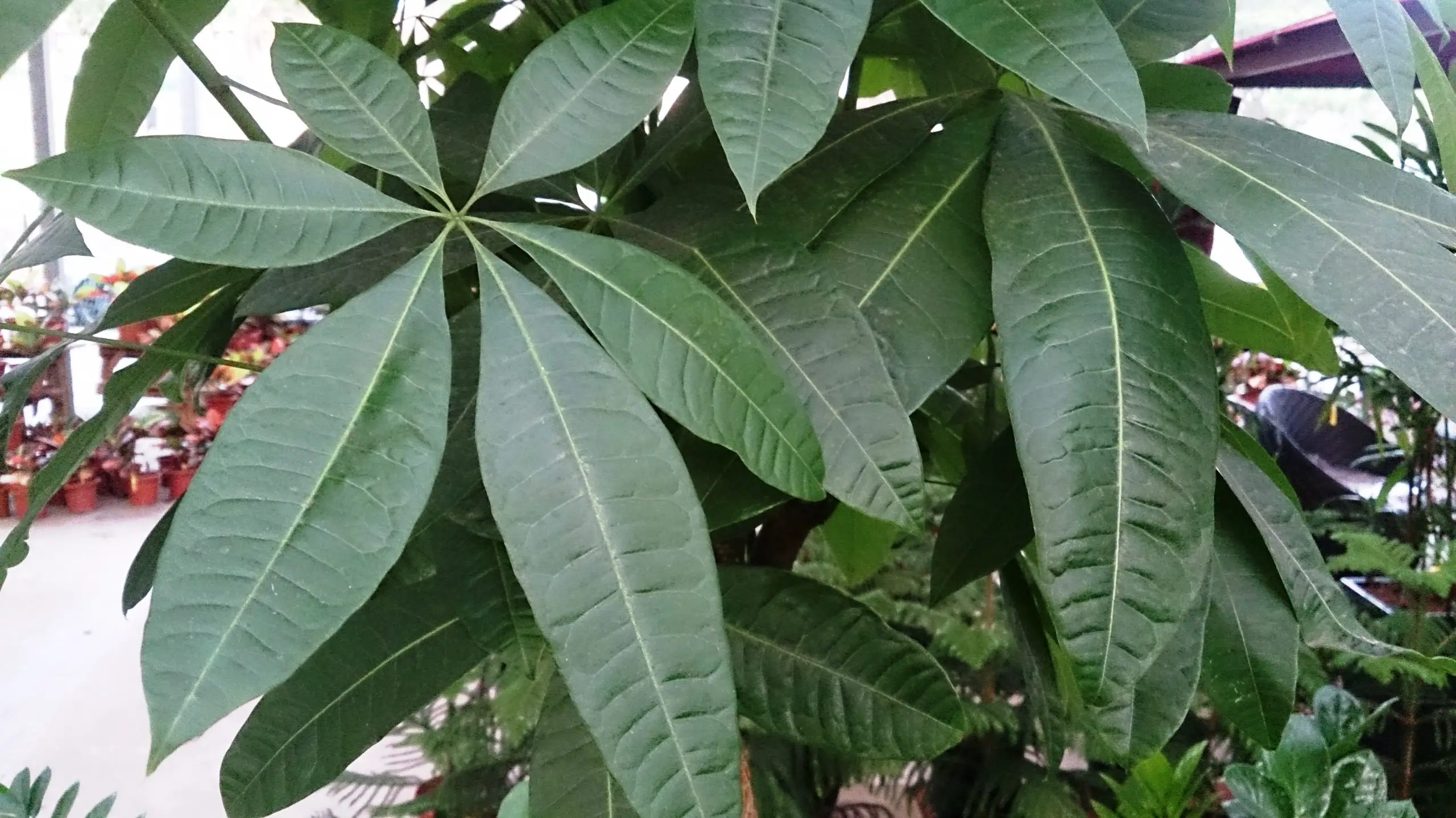The Money Tree, a popular indoor plant, is renowned for its ability to create positive energy or “chi” according to the practice of Feng Shui. Believed to bring good luck and prosperity, it has become a staple in homes and offices. Its braided trunk and lush, green leafed stems give it a distinctive appearance, making it both an attractive and symbolic addition to interior spaces.
Native to Central and South America, the Money Tree is scientifically known as Pachira aquatica. It is part of the Malvaceae family, and it thrives in humid, tropical environments. It’s a resilient plant that can adapt well to indoor conditions, making it a favorite among both novice and experienced gardeners.
The Money Tree is often associated with financial well-being, making it a popular gift for businesses or individuals looking to prosper. Its care is generally straightforward, provided that you follow some basic guidelines regarding light, water, and soil conditions.
| Attribute | Details |
|---|---|
| Common Names | Money Tree, Guiana Chestnut, Saba Nut |
| Botanical Name | Pachira aquatica |
| Family | Malvaceae |
| Plant Type | Tropical Tree |
| Mature Size | 6-8 feet indoors; Up to 60 feet outdoors |
| Sun Exposure | Indirect light |
| Soil Type | Well-draining, sandy loam |
| Hardiness Zones | 10-12 |
| Native Area | Central and South America |
Money Tree Care
Money Tree care doesn’t require extensive experience, but understanding its native habitat can guide proper care. It prefers indirect light, well-draining soil, and a humid environment. Overwatering should be avoided, as it can lead to root rot.
Regularly check the leaves for signs of pests or diseases, and prune any dead or yellowing foliage. Turning the plant occasionally ensures even growth, while a yearly repotting in the spring can help the plant continue to thrive.
Light Requirement for Money Tree
The Money Tree prefers indirect sunlight. It does well in a bright room but away from direct sunlight, which can scorch its leaves. An east or west-facing window covered with sheer curtains works well.
Soil Requirements for Money Tree
A well-draining soil mixture, such as a cactus or succulent mix, is ideal for the Money Tree. Adding sand or perlite to a regular potting mix can achieve the required drainage. The soil should be kept moist but never soggy.
Water Requirements for Money Tree
Watering the Money Tree is crucial, and it should be done once the top 2 inches of soil feel dry. Reduce watering during the winter, and avoid letting the plant sit in standing water as it can cause root rot.
Temperature and Humidity
The Money Tree enjoys a humid environment and temperatures between 65-80°F (18-27°C). Mist the leaves occasionally or use a pebble tray filled with water to increase humidity around the plant.
Fertilizer
Feed the Money Tree with a balanced liquid fertilizer diluted to half-strength every month during the growing season (spring to autumn). Avoid over-fertilizing as it can cause weak and leggy growth.
Pruning Money Tree
Regular pruning helps maintain the Money Tree’s shape and size. Trim back overgrown stems and remove dead or yellowing leaves. Pruning can also encourage branching.
Propagating Money Tree
Propagating Money Tree is done through stem cuttings. Cut a healthy stem, allow it to dry for a couple of hours, and plant it in well-draining soil.
How To Grow Money Tree From Seed
Growing Money Tree from seed is a longer process. Plant seeds in a well-draining soil mix, keep them warm, and maintain a humid environment. Patience is key, as germination can take several weeks.
Common Pests & Plant Diseases
Mealybugs
Remove with a cotton swab dipped in alcohol.
Aphids
Wash off with a strong spray of water.
Scale
Treat with insecticidal soap.
Common Problems With Money Tree
Leaf Spot
Caused by fungus or bacteria; improve ventilation and avoid overwatering.
Yellow Leaves
Usually due to overwatering or poor drainage.
Pro Tips
- Avoid placing the Money Tree near air conditioning or heating vents, as dry air can harm it.
- Rotate the plant every week to ensure even growth.
- Use a pot with drainage holes to prevent waterlogging.
- Be gentle with the braided trunk as it can be damaged easily.
- Consider placing it in a location that promotes positive energy, following the principles of Feng Shui.




